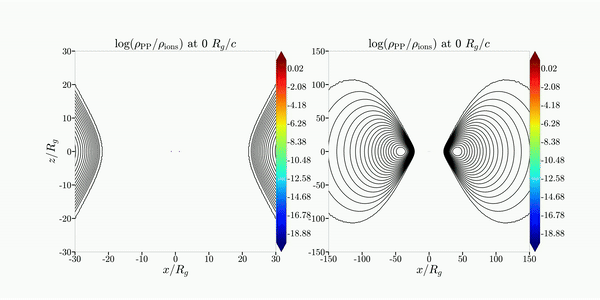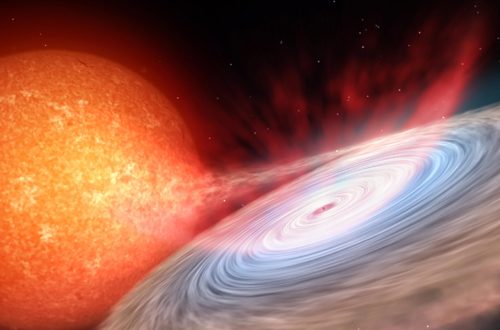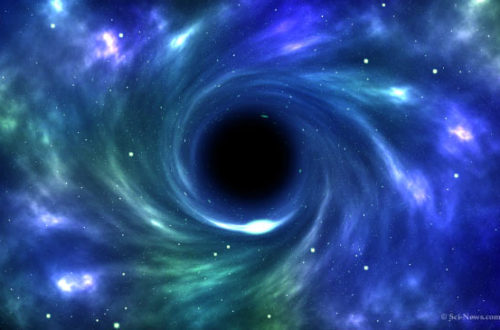The introduction of density and internal energy floors is seemingly unphysical, but at the same time, a necessary feature of General-Relativistic Magnetohydrodynamic simulations. The open magnetic field lines in the polar regions of our code that thread the black hole Event Horizon become devoid of any matter/energy due to the outflow boundaries at the inner (horizon) and outer grid radii, causing the plasma to either be expelled, or eaten up by the black hole. Given the vacuum-phobic nature of the GRMHD equations, one has to artificially inject some energy and density if the local values of the same in a cell (in the drift frame of the jet, ensures conserved fluid momentum along the magnetic field) drop below a threshold. This helps us avoid both velocity runaways (from inserting mass in the fluid frame) and magnetic field line drag (from inserting mass in a ZAMO frame) [General relativistic magnetohydrodynamic simulations of magnetically choked accretion flows around black holes, Mckinney et al.(2012)].
However, this practice often comes under scrutiny from general astrophysicists given how it seems to be such an unphysical injection of mass and energy out of nowhere. One may physically justify floors as a very broad approximation of particle creation and acceleration at stagnation surfaces (Bernoulli Parameter ~ 1). Parfrey et al. 2019 (First-Principles Plasma Simulations of Black-Hole Jet Launching), among others, have shown through first principles how the mass flow divergence around a stagnation surface could lead to charge separation, and in turn, particle (most likely, pair) creation.
This is an interesting approximation to consider physically since a major band of the observed spectra from an accreting black hole system is governed by leptonic radiative processes. If we can track where these sneaky electrons show up and end up during various points of the simulation, it could help us identify potential particle acceleration sites and non-spine regions in the domain that are injected material-dominated. Moreover, tracking how much disk material ends up in the jet (either the spine or the sheath) could give us a measure of how important the hadronic processes (both radiatively on the spectra, and for High-Energy Cosmic Ray production) are for the system. Moreover, identifying regions of substantial mixing between the floor and non-floor material could give insights into the nature of various plasma instabilities popping up in the equatorial region around the black hole and the jet sheath. Finally, we are also planning to investigate how much of a role these floors play in the synthetic spectra we generate after performing radiative transfer on our GRMHD results.
I will be heavily using this tracer feature to investigate various aspects and astrophysical implications of the ideas mentioned in the previous paragraph in different kinds of setups and systems. The initial results seem promising, below is a movie of the evolution of the ratio between floor to non-floor material for a 2D simulation of a weak (small truncation) MAD case starting with a standard Fishbone-Mocrief torus (R_max at 41 R_g).

Fig: Ratio of injected floors (considered Pair Plasma) to non-floored material (considered ions) in a 2D global MAD simulation of an accreting black hole system over 10000 Rg/c. This features a specially built AMR switch to increase the resolution of the two-component (spine+sheath) jet and the magnetosphere.
Now, onto answer some key physical questions with these tracers, implemented in multi-feature (2-Temperature, Radiative Cooling, Variable Adiabatic Index) 3D large-scale AMR+LAT based GRMHD simulations trying to resolve realistic accreting black hole systems observed in nature!



